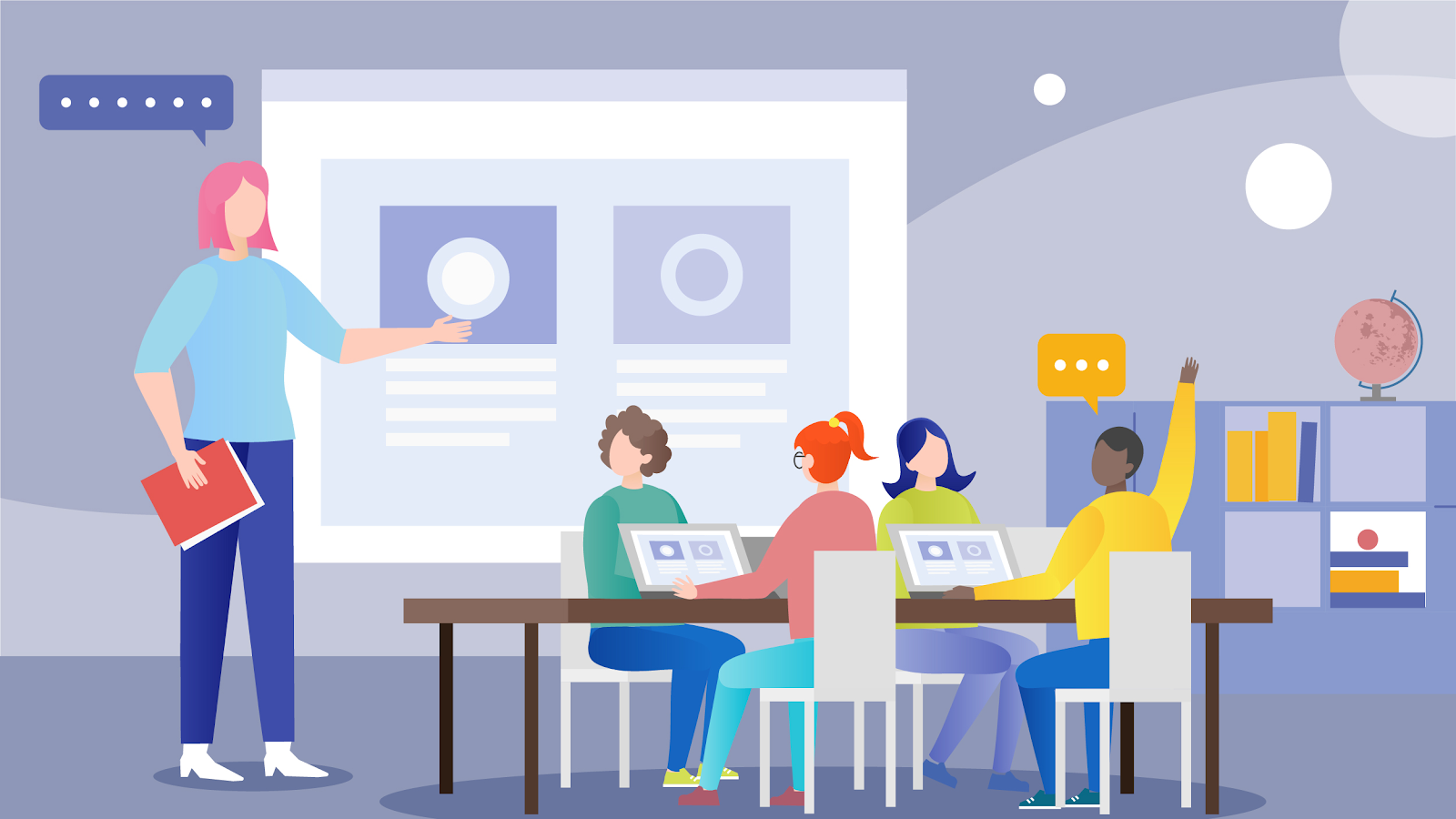The State of Mental Health in the World of Technology
Regardless of the broad influence of technology in today's digital era, mental health faces new problems and complexities. It is undeniable that technology has brought enormous advancements and opportunities that has made our lives easier in many ways such as greater and faster access to information’s and support. However, it has also created more stress and risk factors to our mental health. Extensive screen time, cyberbullying, social media comparison, and the deterioration of work-life boundaries are some of the major concerns.
When we look at our future vision perhaps 20-30 years from now, we anticipate an altered environment where mental health in the digital era is prioritized and promoted. Individuals have obtained an in-depth knowledge of the impact of technology on their mental health in this revolutionized digital age, and they have the information, skills, and resources to navigate the digital world thoughtfully. Early childhood education, school curriculum, corporate training programs, and community initiatives now include mental health and digital well-being education and awareness.
Here are various creative and new solutions and implementations that can be adopted to bridge the gap between the current scenario and a future vision in which mental health and technology coexist harmoniously.
Rules for Thoughtful Technology Design:
Firstly, we should develop an industry-wide rules for mindful technology design that prioritizes mental health. Technology businesses should promote positive engagement, reduce addictive features, and incorporate user-friendly tools for digital balance. Cooperation among psychologists, designers, and technology specialists may help create these guidelines and ensure that mental health concerns are incorporated into the design and development of digital goods and platforms.
Setting rules for mindful technology design is crucial for ensuring that technology promotes rather than detracts from mental well-being. To establish and execute these suggestions, psychologists, designers, and technology businesses would need to work together. To promote compliance and foster positive change in technology design methods, industry-wide adoption of these standards would involve awareness campaigns, workshops, and continuing evaluation.
Education Programs for Technological Well-Being:
Secondly, we should Implement comprehensive digital well-being education programs that are integrated into educational programs and workplace training initiatives. These programs would educate people about the influence of technology on mental health, teach them how to use technology mindfully. It will also provide resources for getting help and support. Working together with colleges and universities, mental health specialists, and technology experts may ensure that more engaging and effective learning resources are created.
This solution is essential because it provides individuals with the understanding and abilities needed to navigate the digital environment with caution. Collaboration between educational institutions, mental health practitioners, and technology specialists is required for the implementation of digital well-being education programs. It includes the creation of age-appropriate curriculum, the training of educators, and the incorporation of digital well-being education into current programs. For successful implementation, resources such as interactive online modules, workshops, and educational materials would be required.
Platforms for Mental Health using Technology:
Lastly, we should design user-friendly digital mental health applications which utilize full advantage of emerging technologies to provide easily accessible mental health assistance. Virtual therapy, guided mindfulness exercises, and interactive self-help resources would be available through these platforms, which would incorporate components of virtual reality, artificial intelligence, and machine learning. Collaborations among mental health specialists and technology engineers would be required to assure the platforms has full safety and efficacy.
This solution is a user-friendly digital mental health application that is easy and accessible for mental health support and to construct effective platforms, collaboration between mental health specialists and technology developers is needed. Designing and implementing digital mental health platforms, conducting rigorous testing and assessment, guaranteeing privacy and security measures, and forming collaborations with mental health organizations for content and expertise are all part of the implementation process.
This effort has brought light to the importance of addressing the connection between mental health and the age of technology. It has inspired a vision in which technology supports mental well-being rather than being a cause of distress. It has emphasized the significance of awareness, education, and creative solutions in developing a more positive relationship with technology. Through this initiative, I gained a better awareness of the technological era potential influence on mental health, as well as the chances to create a more helpful and empowering digital world.
References:
- Sumra, H. (2023). Smartphone addiction and your health: what the science says. Ooma. https://www.ooma.ca/blog/home-phone/smartphone-addiction-and-your-health/
- Daniel. (2022, November 10). 5 Benefits of Technology in the Classroom - ViewSonic Library. ViewSonic Library. https://www.viewsonic.com/library/education/5-benefits-of-technology-in-the-classroom/
- Mind Easy: Meditation App. (n.d.). Dribbble. https://dribbble.com/shots/20000872-Mind-Easy-Meditation-App



Comments
Post a Comment